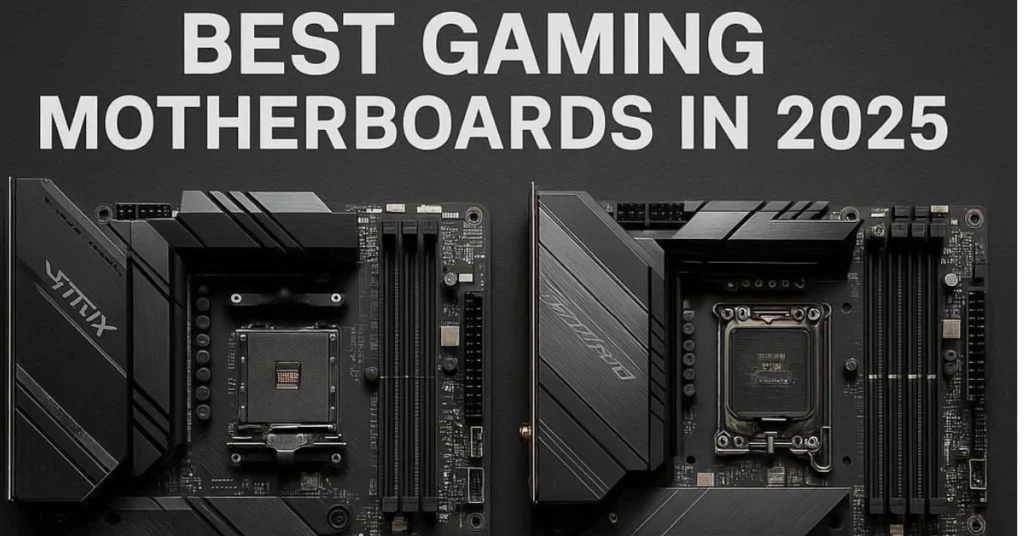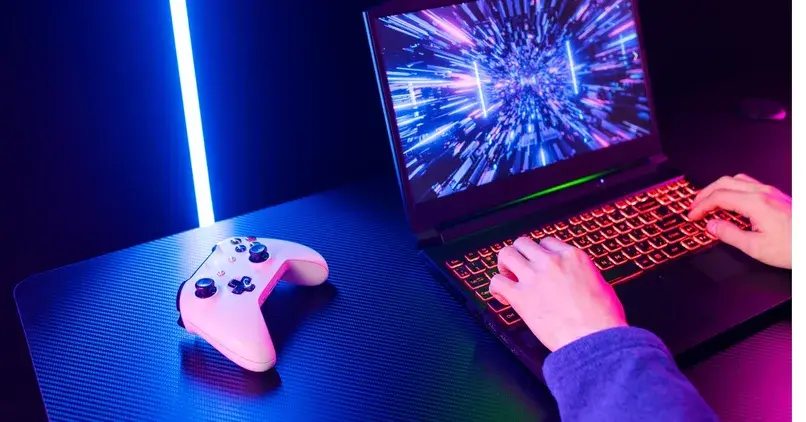Gaming on a sluggish or underperforming PC can kill the experience—not to mention your flow. With the right tweaks, though, you can unlock higher frame rates, faster load times, and enjoyable smoothness without breaking the bank. This article walks you through practical strategies to optimize your PC for gaming, covering hardware upgrades, software settings, and preventive maintenance. Let’s elevate your gameplay.
Why PC Optimization Matters
A fully optimized gaming PC helps you:
- Maximize frame rate and reduce lag
- Prevent sudden crashes during gameplay
- Enhance visual fidelity while maintaining performance
- Keep your components cool and prolong their lifespan
Whether you’re working with a budget build or a high-end rig, every asset must be fine-tuned for best results.
Benchmark Your Current Performance
Before new tweaks, document where you stand:
Use Tools Like…
- FRAPS or MSI Afterburner – track FPS in-game
- UserBenchmark or 3DMark – evaluate overall performance
- HWMonitor – check CPU/GPU temperatures and clock speeds
Record baseline stats so you can measure the impact of each optimization.
Tweak In-Game Settings Smartly
Games often default to ultra graphics, which may not match your hardware’s capabilities.
Optimize Settings:
- Resolution & Framerate Cap:
- For competitive play, target 1080p at 144+ fps or 1440p at 60+ fps
- Limit FPS slightly above your monitor’s refresh rate for consistency
- Graphics Settings—what to drop first:
- Shadows, anti-aliasing, ambient occlusion, volumetric fog
- Lowering these yields big FPS gains with minimal impact on visual quality
- DLSS / FSR / XeSS:
Intelligent upscaling tech helps maintain image quality at higher FPS
(e.g., enable Nvidia DLSS in supported titles to boost performance) - V-Sync & G-Sync/FreeSync:
- Turn off V-Sync to reduce input lag unless you encounter tearing
- Enable G-Sync or FreeSync if your monitor supports it for smoother output
Update Drivers & Game Patches (LSI: GPU driver update)
Driver updates can make huge performance differences—for example, Nvidia Game Ready and AMD Adrenalin releases include optimizations for the newest games. Enable automatic updates or check monthly.
Additionally, ensure every game is patched. Dev patches can resolve bugs that hamper frame rates or cause crashes.
Adjust Windows Settings (LSI: Windows gaming settings)
Steps to follow in Windows 10/11
- Game Mode: Activate it to allocate more resources to your games
- Background Apps: Shut down unnecessary apps in Task Manager
- Power Plan: Set to High Performance
- Visual Effects: In Performance Options, choose Adjust for best performance or pick and choose manually
These changes ensure CPU and GPU can concentrate on gaming.
Optimize Storage & Game Loading (LSI: SSD gaming benefits)
Games load faster with SSDs rather than HDDs. To trim loading times:
- Move games to a NVMe SSD
- Enable TRIM in Windows:
fsutil behavior query DisableDeleteNotify - Run Defragment & Optimize Drives on your storage
- Use ReadyBoost for older systems as a stopgap
Faster load times also mean better texture loading and fewer stutters.
Keep Your Hardware Cool and Clean
Overheating will throttle performance instantly:
- Clean fans, heat sinks, and filters every 2–3 months
- Reapply thermal paste every year or so
- Ensure good airflow: front intake, rear/top exhaust, decent cable management
- Monitor temps in-game: keep CPU under ~80 °C, GPU under ~85 °C
Even modest case fans at 120 mm can make a big difference.
Overclocking (With Caution)
Overclocking can squeeze more power, but increase heat and risk if done improperly.
- GPU: Use tools like MSI Afterburner—add +50 to +100 MHz core, +200 to +400 MHz memory
- CPU: Tweak multiplier in BIOS; ensure adequate cooling
- RAM: Enable XMP profile for full rated speed
Always stress-test after a tweak to ensure stability.
Optimize Network for Online Games
High ping or packet loss ruins gameplay. Improve network quality by:
- Using Ethernet instead of Wi-Fi
- Updating router firmware
- Enabling QoS to prioritize gaming traffic
- Closing background bandwidth hoggers (e.g. updates, streaming apps)
Aim for ping under 30 ms in competitive games to stay responsive.
Simplify Your Software Setup
Too many apps and services running in the background can sap performance:
- Uninstall bloatware
- Use Autoruns or Task Manager to disable startup programs
- Run Malwarebytes or Windows Defender occasionally
- Install CCleaner to clean junk files
Ensure you’re not wasting resources when you want them most.
Upgrade Strategically
When you’ve exhausted software tweaks, it may be time to upgrade parts.
Prioritize these upgrades:
- GPU: Biggest impact on visuals and FPS
- CPU: Especially if you’re running games plus streaming or multitasking
- RAM: 16 GB is ideal, 32 GB is future-ready
- SSD/NVMe: Faster load times and system responsiveness
These real-world improvements translate to harder-hitting gameplay gains.
Internal and External Linking Ideas
Internal:
- How to clean your PC hardware
- Guide to setting up NVMe SSDs
- Beginner’s guide to GPU overclocking
External:
- Link to Nvidia or AMD driver download pages
- Wikipedia’s page on TRIM and SSD longevity
- Official Game Mode documentation from Microsoft
Quick Summary Table
| Area | Key Tip |
|---|---|
| Benchmarking | Use FRAPS, MSI Afterburner, 3DMark |
| In-Game Settings | Drop shadows & AA, enable DLSS |
| Windows Settings | Switch to High Performance, close background apps |
| Hardware Cooling | Clean fans, reapply thermal paste |
| Storage | Move games to SSD, optimize/trims |
| Network | Use Ethernet, enable QoS |
| Overclocking | Incremental, cool, stress-test |
Conclusion
Optimizing your PC for gaming is more than a one-time tweak—it’s an ongoing process of monitoring, fine-tuning, and upgrading. With the methods covered above you can:
- Measure your starting point
- Apply smart software optimizations
- Maintain hardware for longevity
- Upgrade only when needed
Try applying one change at a time and monitor FPS gains to see what helps most. I’d love to hear about your results—drop a comment sharing your tweaks, favorite games, or questions.


